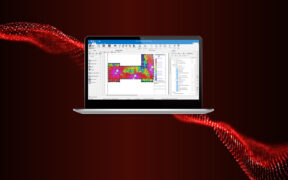Category: Enterprises

Release 19.1 of iBwave Private Networks (CBRS & Wi-Fi and Wi-Fi only) is now available. As part of the latest release, we’ve added a new feature that makes the design tool more flexible for users: Basic Design mode. And we’ve added Wi-Fi 6E to our Auto Channel Assignment to further streamline the Wi-Fi network design […]

The future of mining is smart mining enabled by the Internet of Things (IoT) and artificial intelligence (AI) technologies. The $2 trillion global mining industry is among the most demanding in many ways: communications, safety, regulatory requirements, sustainability, and other challenges must be addressed on every site. By leveraging IoT and AI, mine operators can […]

Release 19.1 of iBwave Public Safety is now available. As part of the latest release, we’ve added a new feature to iBwave Mobile Survey for Public Safety: GRID TESTING. The addition of the GRID TESTING feature further simplifies the process of surveying in-building wireless networks for public safety requirements with the iBwave Mobile Survey solution. It […]
